This Old Pennsylvania Steel Town Still Bears The Wounds Of History
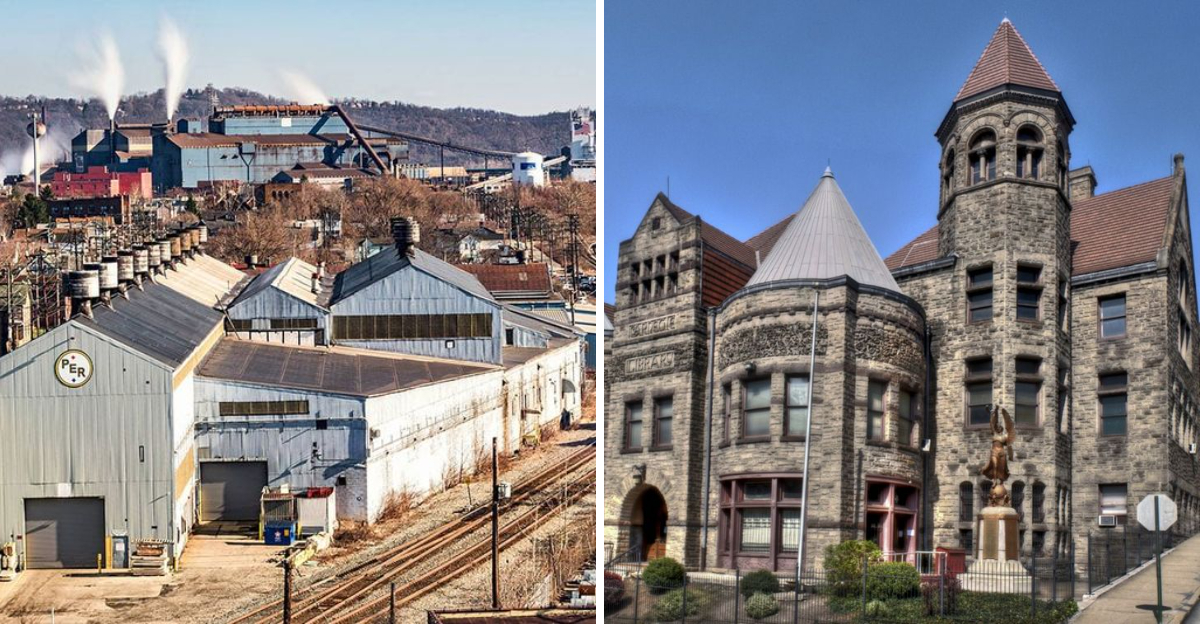
Once a thriving steel town where the clang of machinery and the hum of industry filled the air, Braddock, Pennsylvania, now stands as a shadow of its former self.
Located just outside Pittsburgh, this small town, once bustling with workers and families, now grapples with the remnants of its industrial legacy, empty buildings, polluted land, and a population that has dwindled to a fraction of what it once was.
But despite the scars left by deindustrialization, Braddock’s story isn’t one of total despair. There are still signs of hope, new initiatives, a growing arts scene, and a community determined to rebuild. In many ways, Braddock is not just a town marked by its past, but a place where the struggle for renewal is very much alive.
A Once Thriving Steel Town Now Faces Decline

Back in the late 1800s and early 1900s, Braddock was absolutely buzzing with activity. Steel mills operated around the clock, and workers from all over the world came here for jobs that paid decent wages. Families built lives, opened businesses, and filled the neighborhoods with energy.
Fast-forward to today, and the picture looks dramatically different. Most of the mills have closed, taking thousands of jobs with them. Streets that once bustled now stand quiet, with many storefronts boarded up and houses abandoned, creating a ghost-town atmosphere that’s hard to ignore.
The Legacy Of The Edgar Thomson Steel Works

Built by Andrew Carnegie himself in 1875, the Edgar Thomson Steel Works put Braddock on the map. This massive facility became one of the most productive steel plants in America, churning out rails that helped build the nation’s railroads. Carnegie chose this location strategically, near rivers and rail lines for easy transportation.
Believe it or not, Edgar Thomson still operates today, making it one of the oldest continuously running steel mills in the country. However, modern automation means it employs only a fraction of the workforce it once did, leaving the community without the economic engine it desperately needs.
The Social And Economic Impact Of Deindustrialization
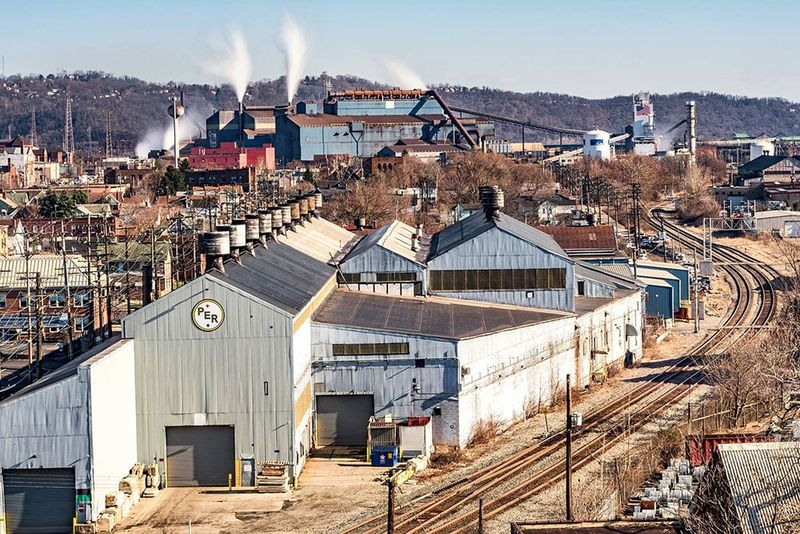
When the steel industry collapsed, it didn’t just take away jobs, it ripped apart the social fabric of Braddock. Families who had lived here for generations suddenly found themselves without income or opportunities. Many packed up and left, searching for work elsewhere and leaving behind a shrinking community.
Poverty rates skyrocketed as unemployment became the norm rather than the exception. Schools lost funding, businesses closed their doors, and crime rates climbed. The town that once represented the American Dream became a cautionary tale about what happens when an entire community depends on a single industry that disappears.
Environmental Scars: Toxic Footprint Of The Steel Industry
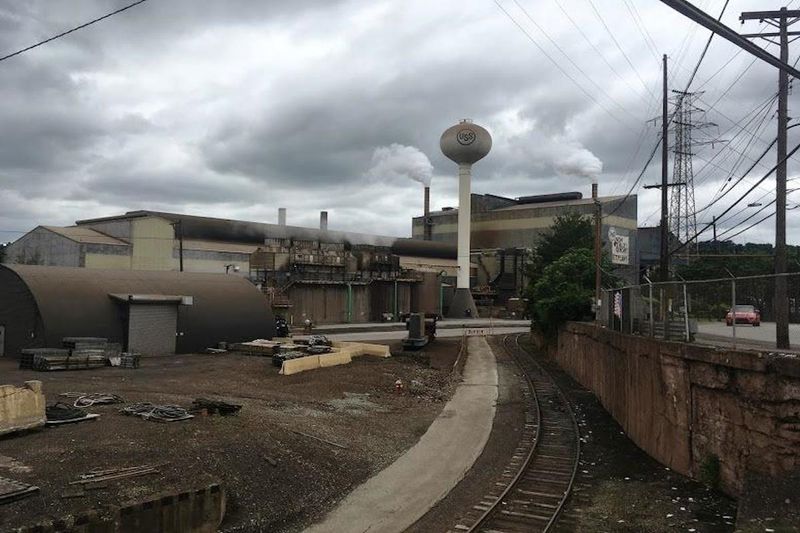
Steel production leaves more than just memories, it leaves behind serious environmental damage that lingers for decades. Braddock’s soil and water contain heavy metals like lead and arsenic from years of industrial activity. These toxins don’t just disappear when the factories close; they stick around, contaminating the land and potentially causing health problems.
Air quality was terrible during the steel boom, with smoke and particulates filling the sky constantly. Even now, residents deal with the aftermath of this pollution. Cleaning up these contaminated sites costs millions of dollars, money that a struggling town simply doesn’t have lying around.
The Struggle For Revitalization In Braddock

Bringing Braddock back from the brink isn’t easy, but some determined folks refuse to give up. Mayor John Fetterman, who served from 2006 to 2019, became famous for his unconventional approach to revitalization, attracting national attention to the town’s plight. He lived in a converted church and worked to bring new residents and businesses to Braddock.
Efforts include converting old buildings into community spaces, starting urban farms, and attracting artists who see potential in the cheap real estate. Progress happens slowly, and for every success story, there are setbacks. Still, these initiatives show that some people believe Braddock’s story isn’t over yet.
Braddock’s Population Decline And Demographic Shifts
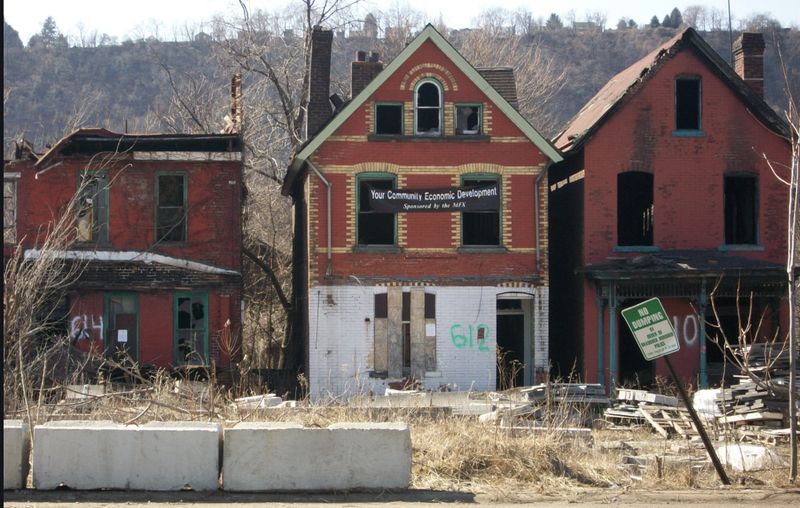
Numbers tell a shocking story about Braddock’s decline. At its peak in 1920, about 20,000 people called this town home. Today, fewer than 2,000 residents remain, that’s a drop of roughly 90 percent! Entire neighborhoods stand virtually empty, with houses crumbling and yards overgrown.
The people who stayed tend to be older residents with deep roots here or younger folks who can’t afford to leave. The town has also become more racially diverse over time, though this happened as the overall population shrank dramatically. Without young families moving in, schools struggle to stay open and the community ages rapidly.
The Role Of Public And Private Initiatives In Braddock’s Future
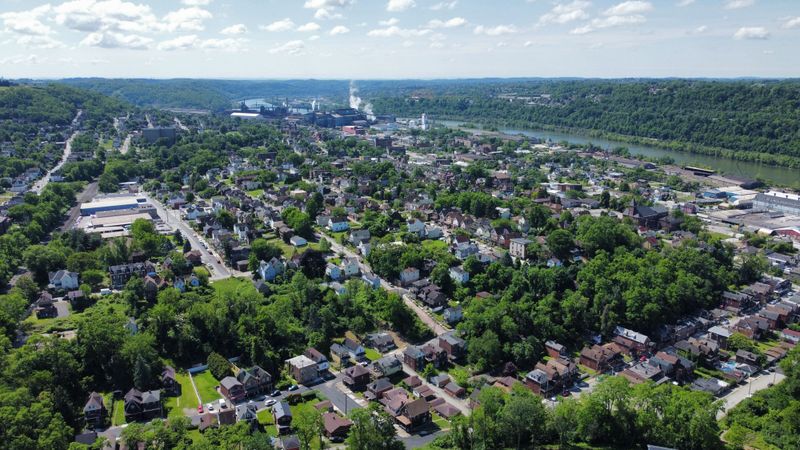
Braddock’s future depends on creative partnerships between government agencies, nonprofits, and private investors willing to take risks. Organizations like the Braddock Redux have worked to document the town’s history while imagining new possibilities. Meanwhile, some businesses see opportunity in Braddock’s rock-bottom real estate prices and proximity to Pittsburgh.
Government grants have funded some infrastructure improvements, though they’re often too small to make dramatic changes. Private foundations occasionally invest in community projects, from youth programs to building renovations. These initiatives face an uphill battle, but they represent the town’s best hope for rebuilding something sustainable from the ruins.
Historic Architecture And The Hollowed Buildings Of Braddock
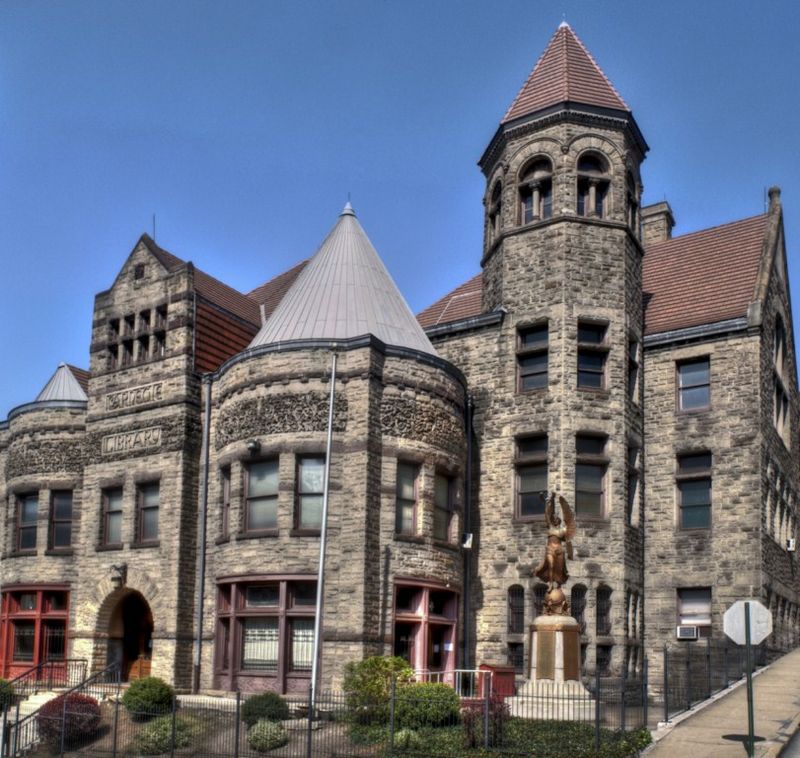
Walking through Braddock feels like touring an outdoor museum of industrial-era architecture, except the exhibits are crumbling. The town’s Carnegie Library, built in 1889, was the first library Andrew Carnegie ever funded. Though it still operates, many other historic buildings weren’t so lucky.
Beautiful old churches with stunning stained glass windows stand abandoned, their roofs caving in and walls covered in graffiti. Former mansions of steel executives decay alongside workers’ row houses. These buildings represent both Braddock’s glorious past and its current struggles, gorgeous bones with no one left to care for them or bring them back to life.
